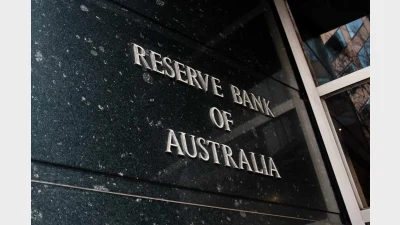Why the superannuation sector should be wary of the Australian Greens


With the Australian Greens set to control the Senate in 2011, the superannuation industry should consider how its policies will affect future changes.
Few Australian Governments have controlled both the House of Representatives and the Senate. The last to do so was the Howard Government in its last term.
Thus, on the face of it, there should be nothing to worry about when the Senators elected on 21 August take their seats in the upper house next year and the Australian Greens assume the balance of power.
Minority parties have frequently held the balance of power, with the Australian Democrats most recently, having wielded more than their share of influence through the Hawke/Keating period and then the first two terms of the Howard Government.
Did the Australian Democrats represent a significant impediment to the major parties implementing their policy agendas?
Only at the margin but their presence gave rise to plenty of ‘legislative camels’ as first the Hawke/Keating Governments and then Howard sought to translate policy into legislation and then manoeuvre it through the Senate.
There will be many still working in the Australian superannuation industry that will recall the degree to which a range of legislation impacting on the sector was amended to ensure the support of the Democrats.
Some of those amendments were justified and arguably may have improved the ultimate bill. Other changes simply made things more complicated.
And so we come to the Greens controlling the Senate in 2011 and the need to consider how their policy approach will be likely to impact superannuation in Australia.
As a starting point, those seeking guidance from the Australian Green’s policy pronouncements will find themselves only slightly better informed.
The only reference to superannuation contained in the policies the Greens took to the Federal Election was that the party would "conduct a full review of the superannuation system with the aim of reducing its complexity and establishing progressive rates of superannuation taxation".
It is worth noting that the party’s stated aim of simplifying superannuation would fit nicely with some of the recommendations of the Cooper Review, but that its reference to "establishing progressive rates of superannuation taxation" would seem to be inconsistent with the themes contained in the Henry Tax Review.
And then there is the question of lifting the Superannuation Guarantee in circumstances where, like the Australian Labor Party, the Greens are happy to impose higher taxes on the resources sector but are then silent on the question of whether a portion of those taxes might be directed towards increasing the superannuation guarantee.
On the face of it, one sector of the superannuation industry should not feel phased by the Australian Greens holding the balance of power in the Senate.
Notwithstanding the traditional support of the trade union movement for the Australian Labor Party, there is plenty of evidence to suggest the Australian Greens would find plenty to admire about the manner in which Industry Funds Management has been prepared to invest in green projects, particularly renewable energy.
Similarly, the Greens have tended to side with those who have been critical of excessive executive remuneration and the dominance of institutions in particular markets.
At the time of writing, the major parties were still haggling and horse-trading over which of them could form Government.
For the superannuation industry, the election of a Coalition Government would represent a radical change in policy direction while the re-election of a Labor Government, albeit in minority, would likely result in a slowing down in the policy time-table outlined before the election.
Irrespective of who ultimately gained control of the Treasury benches, the reality confronting the superannuation industry is that a reasonable understanding of Green doctrine will become fundamental and do not be surprised by the evolution of green camels.
Recommended for you
High risk, high return assets will become dangerous options for superannuation funds under the Federal Government’s planned $3 million superannuation changes, writes Brad Twentyman.
Economic policy can no longer ignore the macroeconomic impacts of Australia's superannuation system and the emerging policy implications, writes Tim Toohey.
In an age where climate concerns and social consciousness dominate headlines, it’s no surprise that investors are increasingly seeking investments that align with their values, writes Simon O’Connor.
How profit-for-member superannuation funds can embed 'commerciality with a heart' and marry a member-first culture with commercial outcomes.













